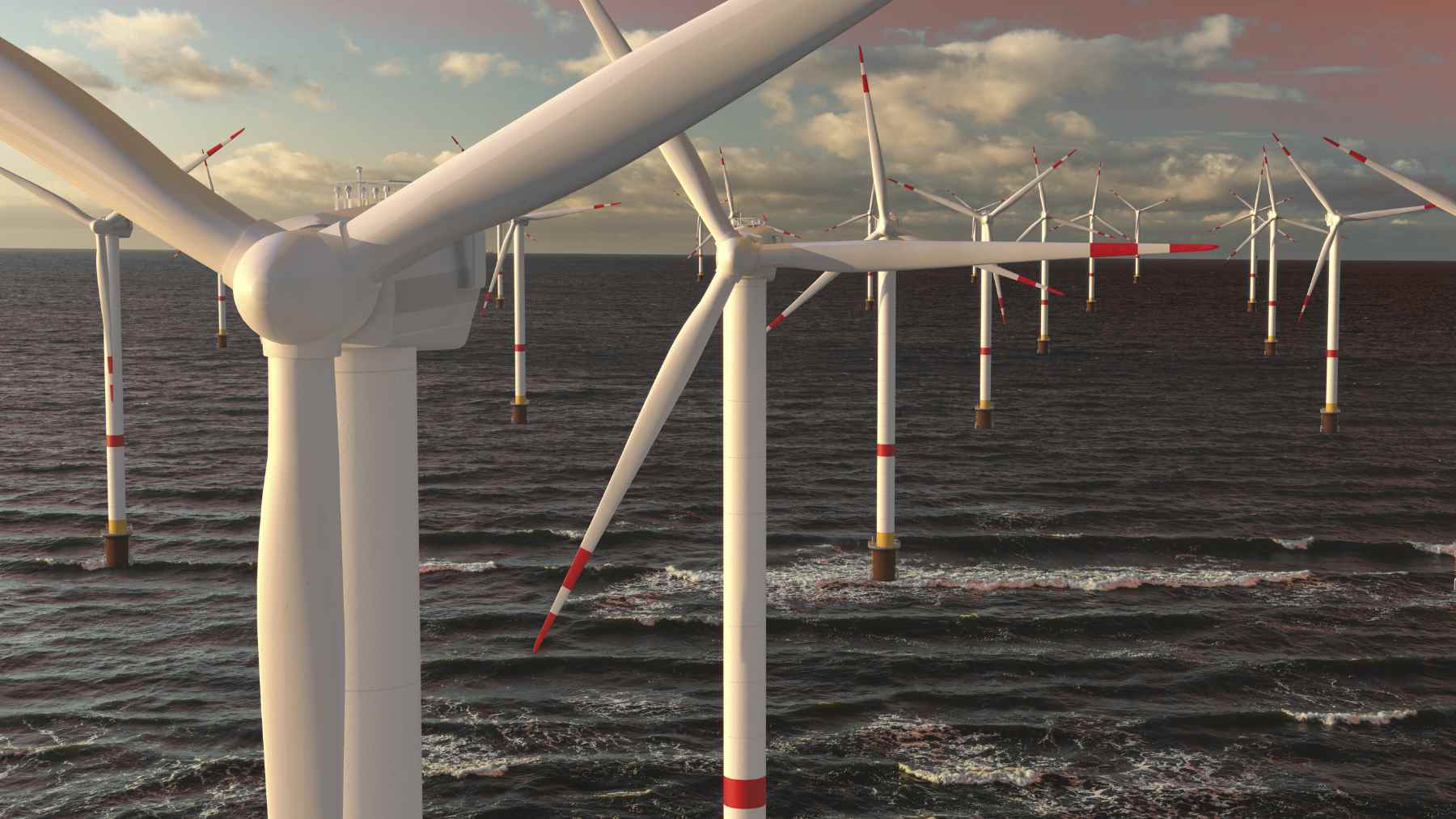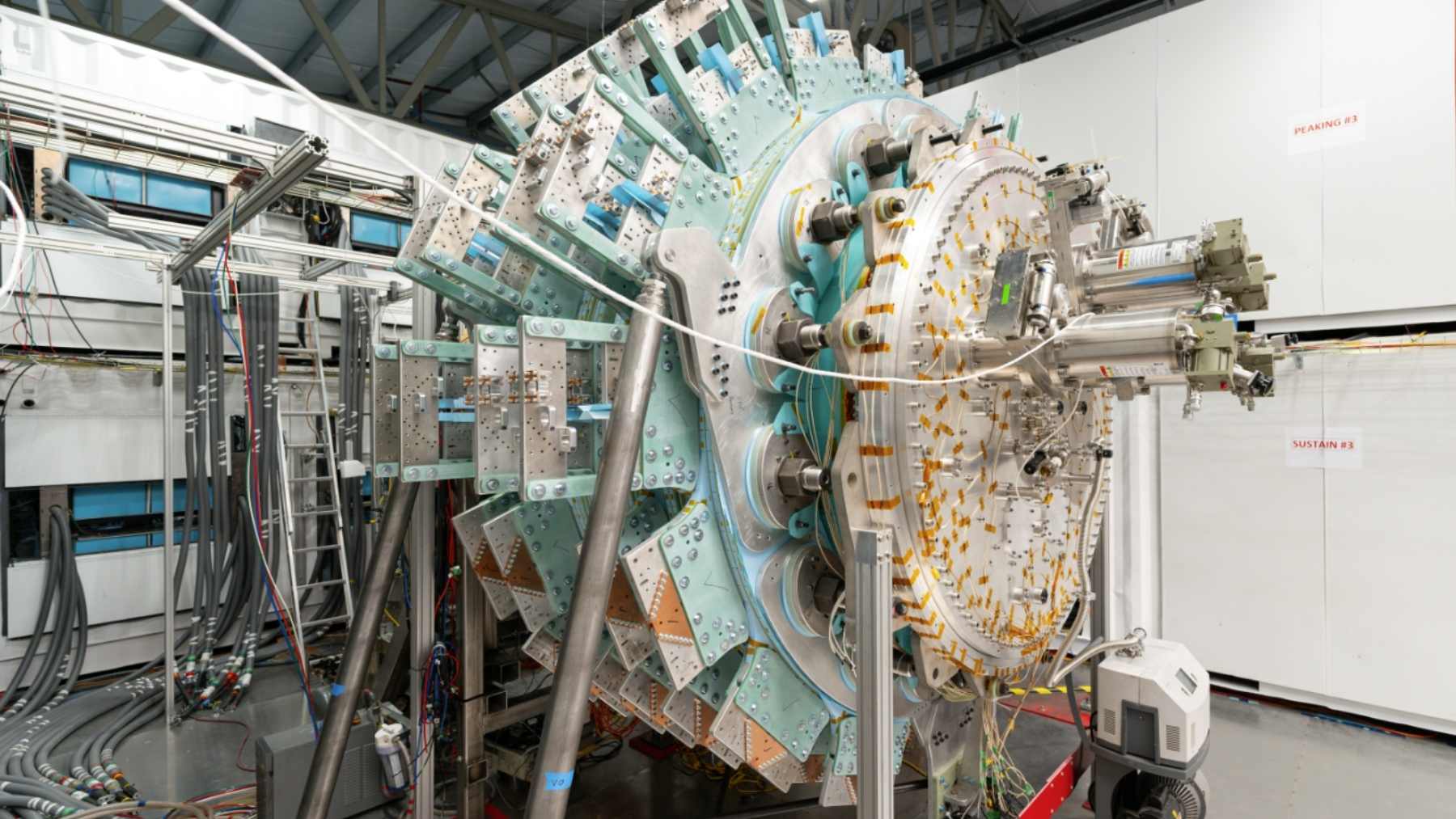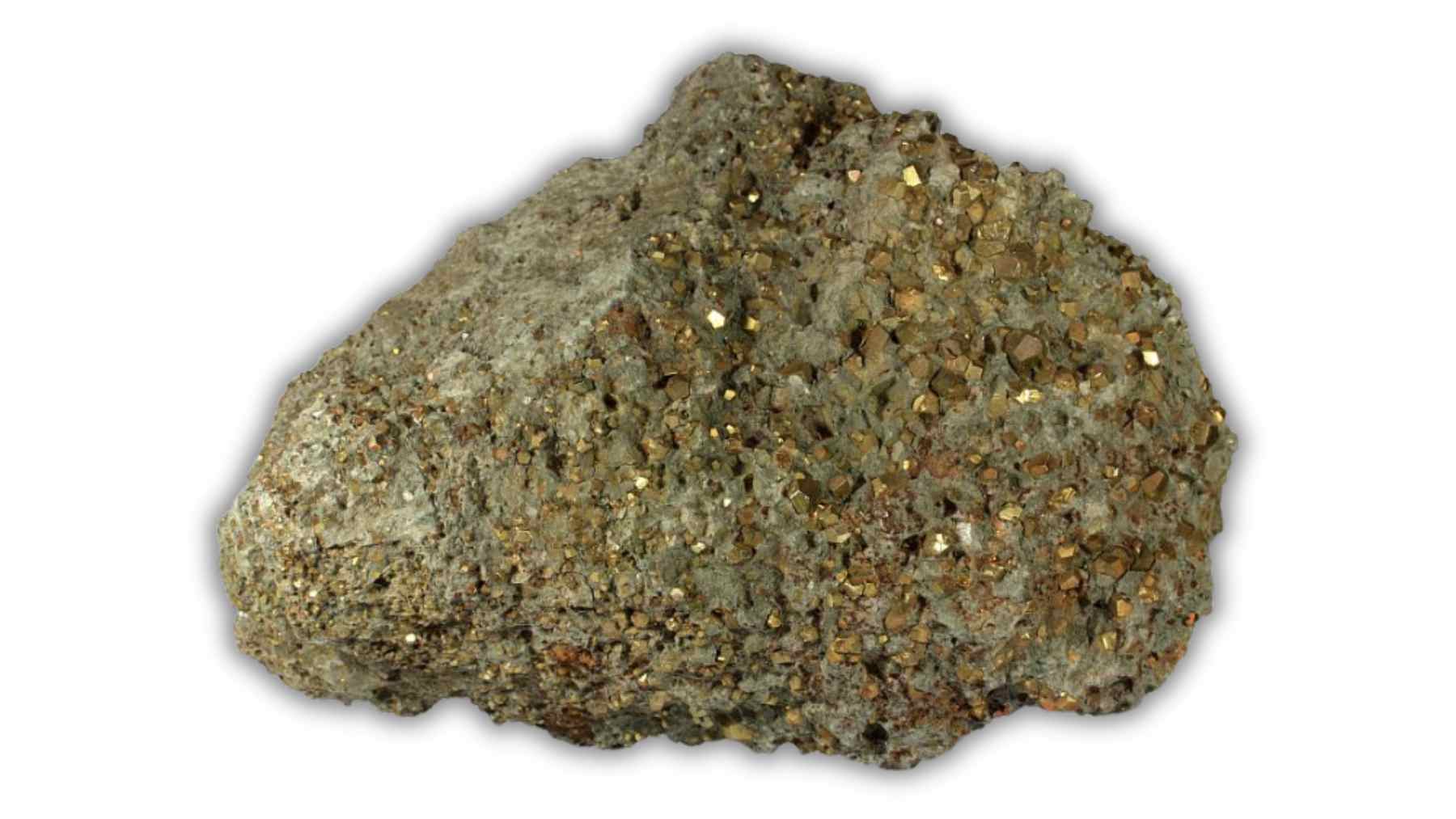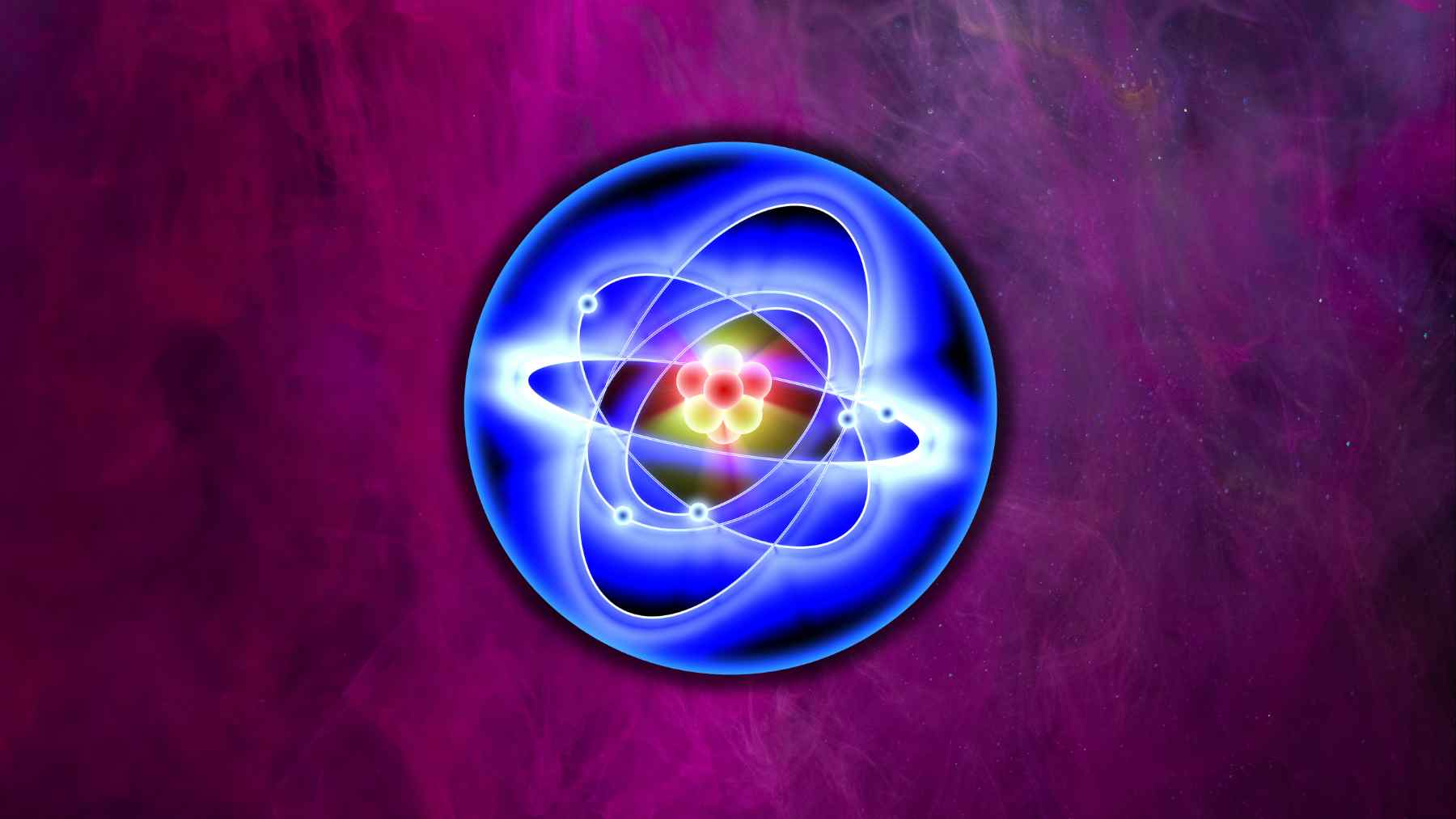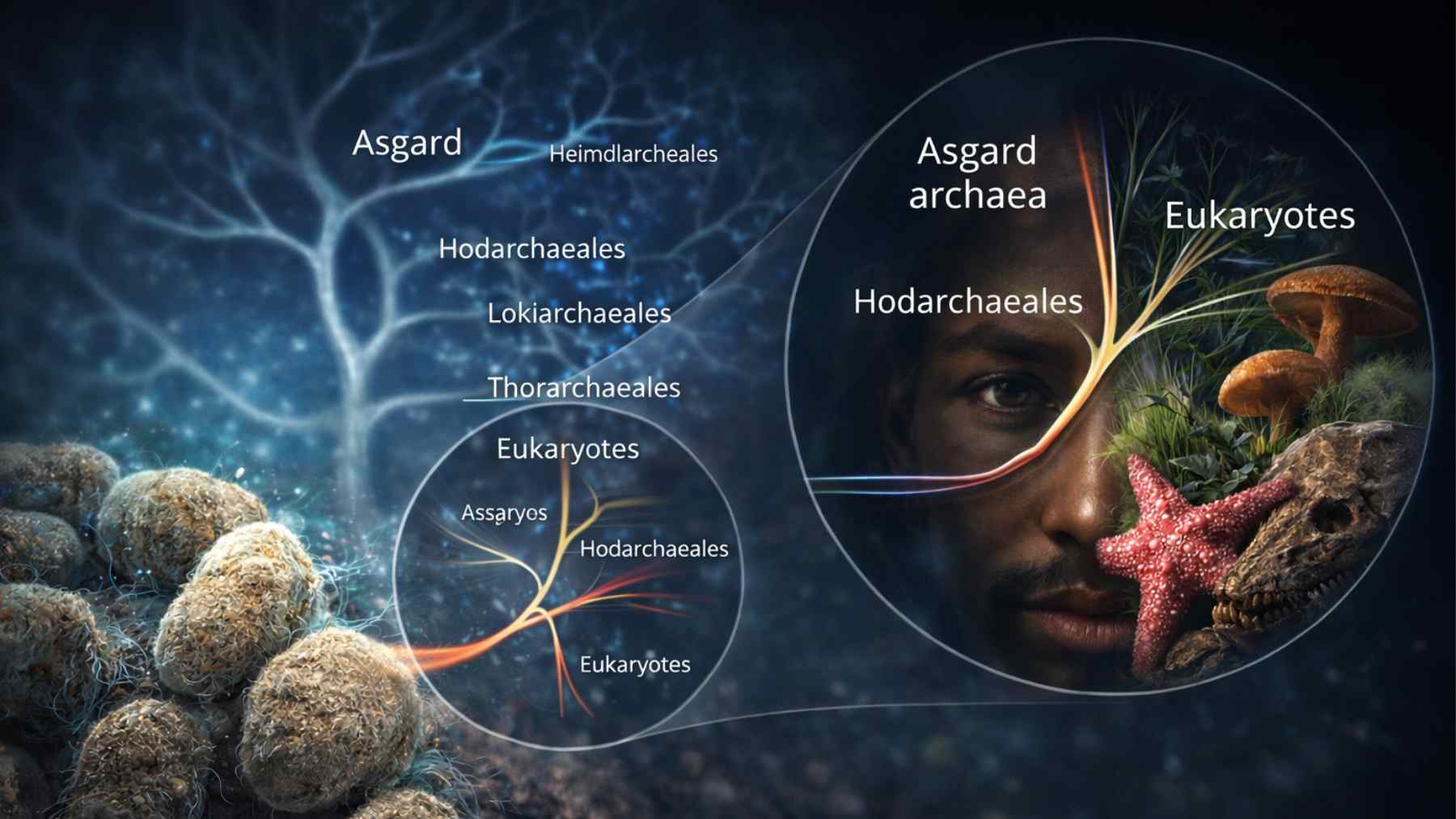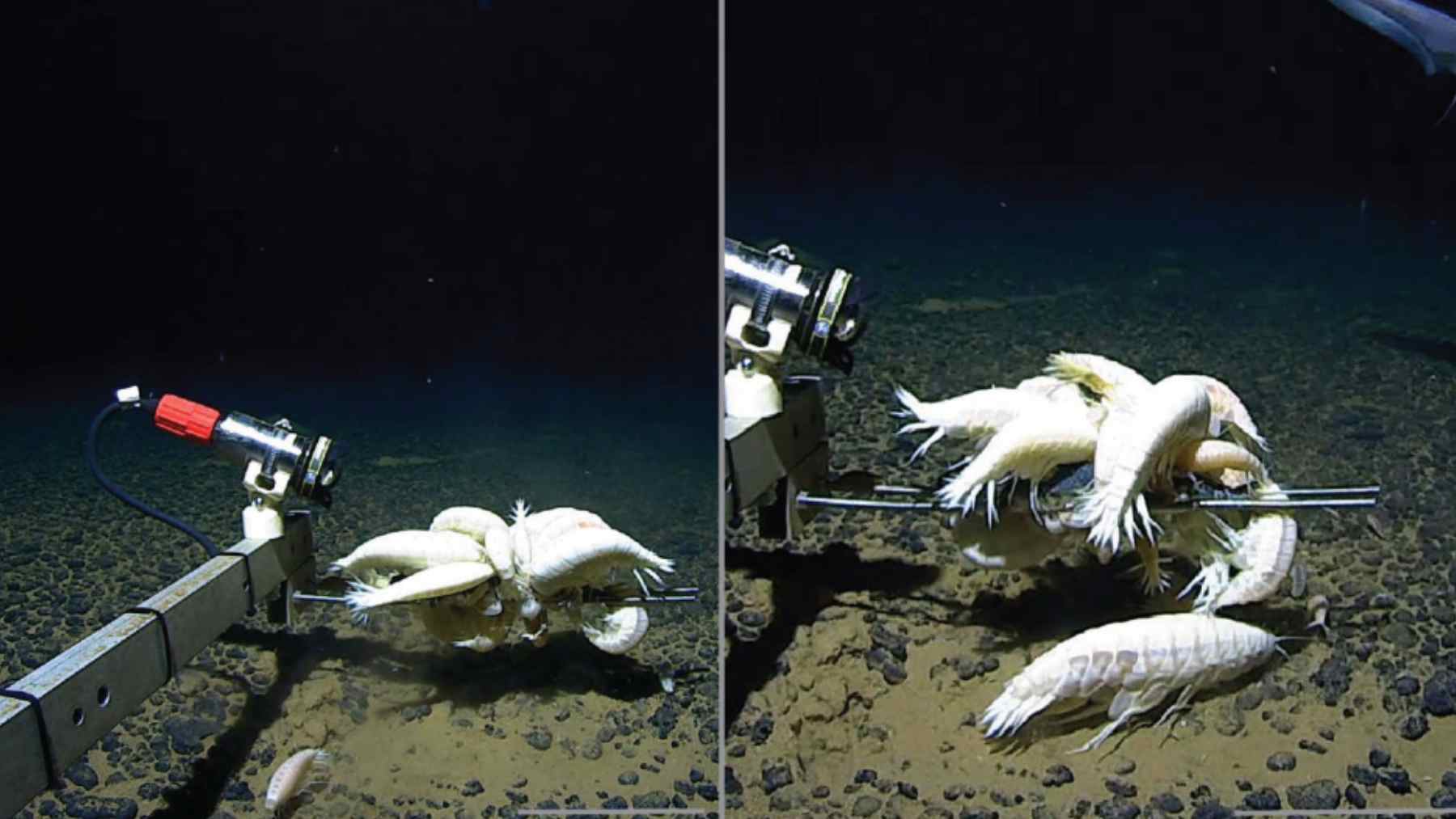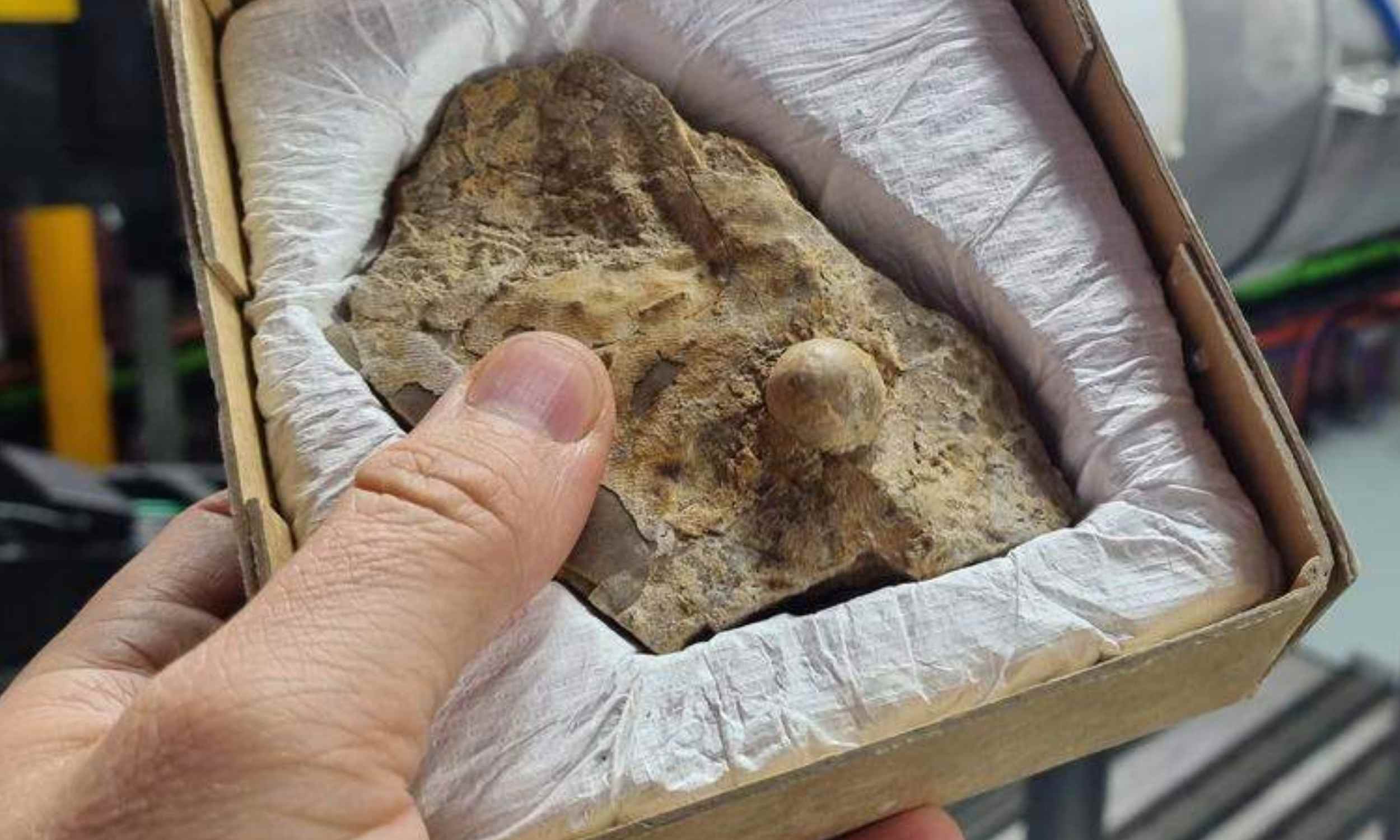The world is experiencing a silent but decisive race; we’re talking about the search for who will be the great supplier of clean energy in the 21st century. After all, in recent years, we’ve seen grand announcements, disruptive technologies, and promises that sound almost futuristic. Among all these projects, one stood out as a symbol of innovation and boldness: NEOM, the futuristic megacity in Saudi Arabia, home to one of the largest green hydrogen hubs ever planned.
Saudi Arabia must choose: Lead the hydrogen race or risk being left behind
Until now, NEOM was seen as the crown jewel of Saudi Arabia’s green hydrogen sector. Largely due to its 2.2 gigawatts of electrolysis capacity, the project was touted as the largest and most ambitious in the world. It not only placed the country at the forefront of the energy transition but also demonstrated to the West that the oil kingdom was willing to lead the future of hydrogen.
However, this “world’s largest” title lasted less than many expected… This is because the Saudi government decided to go a step further. We’re talking about nearly doubling the scale, transforming expectations into something even bolder, and positioning the country as an undisputed exporter of green hydrogen. This is where we ask ourselves: why invest so much in a second megaproject when the first isn’t even completed? The answer lies in a combination of strategy, regional competition, and long-term vision:
- Global ambition.
- Heavy capital.
- Fierce competition.
In other words, whoever stands still will lose space.
Yanbu raises the stakes: A hydrogen hub built to dominate the Red Sea and beyond
Meet the new megaproject: NEOM desert and Red Sea view. It’s located on the Red Sea coast. It’s being developed by ACWA Power in partnership with Germany’s EnBW. It’s no exaggeration to say that Yanbu redefines production scales. The plant will have 4 GW of electrolysis capacity, capable of generating 400,000 tons of hydrogen per year, which will be converted into green ammonia for global export.
This number alone would be enough to place the project among the largest on the planet. But what’s striking is the way the infrastructure was designed. “The region is the next big place for hydrogen,” said Pierre-Etienne Franc, CEO of Hy24, which reminds us of this other 300,000 tons per year and 1 million liters project that is under this desert.
Will Yanbu’s promise survive the test of reality?
Yanbu’s impact extends far beyond Saudi Arabia’s borders. This is because it changes the global dynamics of hydrogen. First, it reinforces ACWA Power as a global player, now alongside key partners like Germany’s EnBW. Second, it involves engineering giants: Spain’s Técnicas Reunidas and China’s Sinopec, responsible for the initial design (FEED) and potential builders of the billion-dollar project. And how does this fit into the global race? Take a look:
- The United Arab Emirates: Already committed over €10 billion to hydrogen.
- Morocco: Working on a project valued at US$32 billion to serve Europe.
- Middle East and North Africa: Together, they already represent 10% of all global electrolysis capacity under development.
In this scenario, Yanbu isn’t just another project. It’s the one that could give Saudi Arabia a near-definitive advantage. Of course, there’s still one caveat: many of these megaprojects, including Yanbu, are subject to final investment decisions. In other words, the ambition is on paper, but execution is a litmus test. The question lingers: Will the global market absorb as much green hydrogen as countries are promising to deliver? We need to remember, for example, that even NEOM is in trouble over its latest discovery, so it’s something to keep an eye on.


